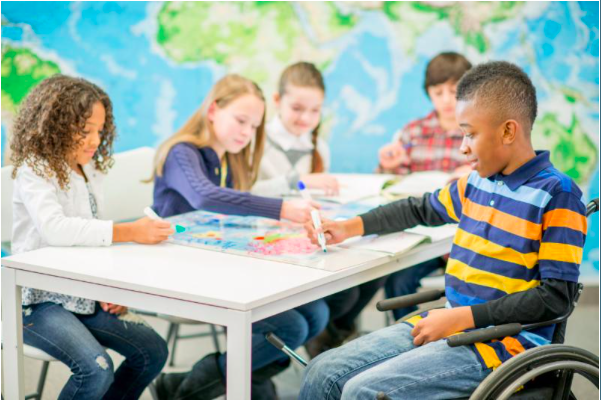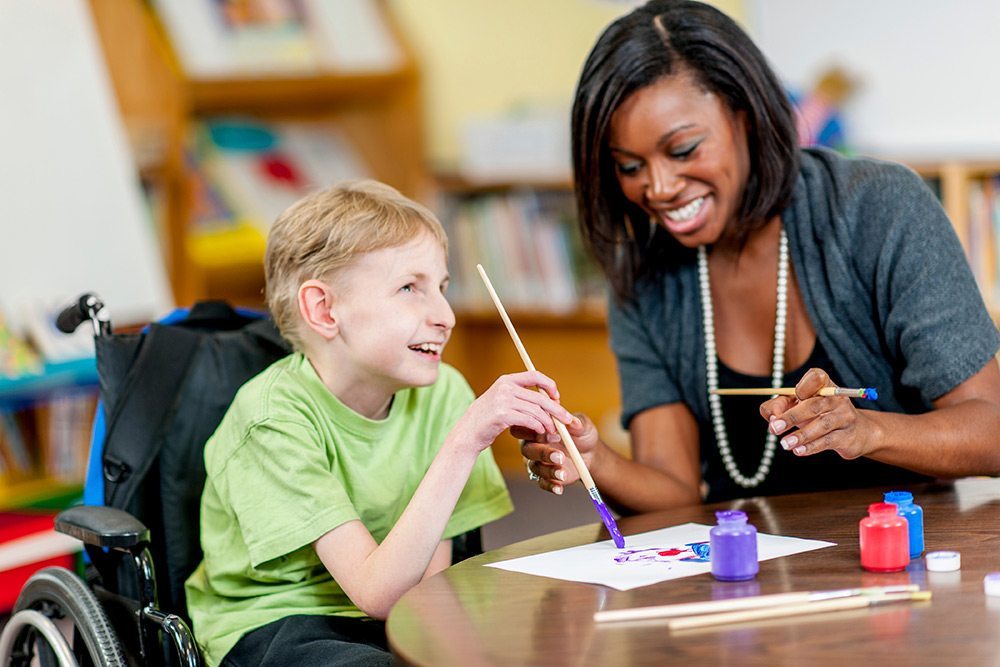Nearly 800,000 students in California receive special education services and many parents/families/guardians are concerned and confused about how their child or loved one will receive those services in the upcoming school year due to COVID-19. With information changing daily it is difficult to say with certainty which school districts will begin the school year on-line with distance learning instruction, a hybrid model with some on-line and some in-person instruction, or all in-person instruction. The Superintendent of Public Instruction, Tony Thurmond, has been very clear that there is no “one-size” fits all approach to re-opening schools and that it depends on a combination of factors at the local level as to whether or not that particular school can re-open safely. On July 17, 2020 Governor Gavin Newsom issued guidance for schools as they consider how and when to have in-person instruction.
The guidance requires the following for in-person instruction:
- The school must be in a local health jurisdiction that has NOT been on the county monitoring list within the prior 14 days
- Masks are required for all students 3rd grade and above, and for all staff at the school
- Students and Staff must practice physical distancing by being at least 6 ft apart
- Symptom checks will be in place
- Schools will have handwashing stations, routine sanitation and disinfection processes, and quarantine protocols
- Regular and rotating testing for cohorts of staff
- Contact tracers will prioritize schools
The guidance for distance learning includes:
- All students must have access to devices and connectivity
- There will be a requirement for all students to have daily live interaction with teachers and other students
- Assignments need to be equivalent to in-person class assignments
- Lesson plans for English learners and special education students must be adapted to meet the needs of the students
Plan for closure if students of staff test positive for COVID while in-person classes are being held:
- The school with immediately consult with a public health officer in their local health jurisdiction
- If there is a confirmed case in a class cohort then that cohort will be required to go home and follow protocols
- The school will be required to stop in-person instruction if there are multiple cases (5% of school)
- The district will be required to stop in-person instruction if 25% of school are prohibited from in-person instruction within a 14 day period
The monitoring list is county level data that is monitored by the California Department of Public Health to identify developing concerns related to curbing the spread of COVID. Elevated transmission, increasing hospitalizations and limited hospital capacity are the factors that are evaluated in order to determine whether or not a county is placed on the monitoring list. Information on county level data can be found here: https://www.cdph.ca.gov/Programs/CID/DCDC/Pages/COVID-19/CountyMonitoringDataStep2.aspx
Dr. Linda Darling-Hammond, President of the State Board of Education, said each district and office of education should have a plan in place to meet the needs of students with special needs. It is well recognized that some students have experience significant learning loss and over the summer teachers and instructional aides have received additional training on how to adapt curriculum and service delivery for families and students that are not able to receive in-person instruction. Many schools are set to return from summer break on August 17th and as we have seen a lot can change in a month. The state has invested an addition $5.3 billion to try to help address learning loss, inaccessibility of technology, and disparities related to COVID-19.
If your child or loved one receives special education services and you have questions about how their needs will be met in the upcoming school year, we encourage you to call your school district or county office of education and find out what their specific plan is. To learn more about the Framework for Reopening K-12 School in California visit: https://www.cdph.ca.gov/Programs/CID/DCDC/CDPH%20Document%20Library/COVID-19/Schools%20Reopening%20Recommendations.pdf



